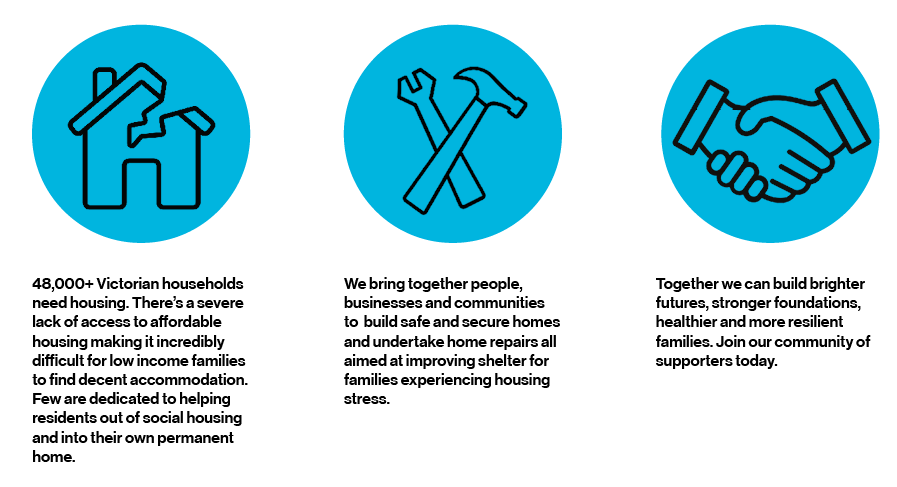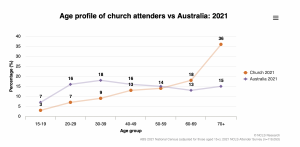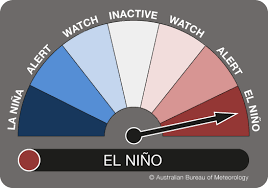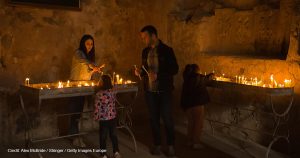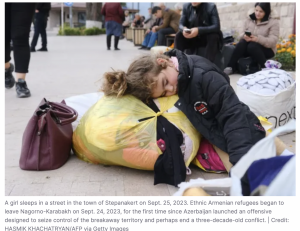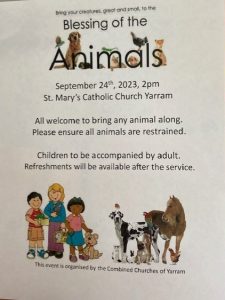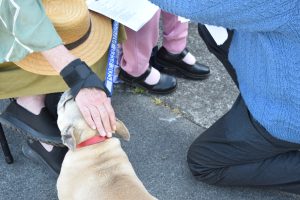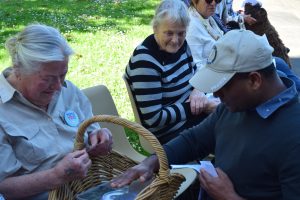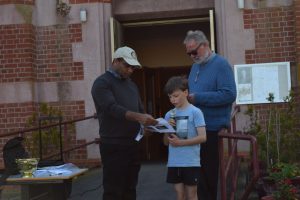Pacem in Terris: A Prophetic Legacy for Our Times*
Caesar D’Mello
Pacem in Terris (Peace on Earth) was proclaimed by Pope John XXIII sixty years ago against a seriously troubled backdrop, which in essence prevails today, too. WWII had ended eighteen years before the encyclical, but the ensuing years saw a burgeoning Cold War, highlighted by a Cuban missile crisis, the Berlin Wall, and Asia Pacific drawn in. Furthermore, in a fast-changing environment, social ferment was also challenging humanity. Having had a hand in defusing a potential nuclear war over Cuba, John XXIII could as well have written on Bellum in Terris (War on Earth), but constructing peace was his mission.
In our times modern weaponry has increased its destructive variety, productive capacity, sophistication and proliferation, yet global peace remains elusive. The contemporary Cold War is considered more dangerous than the last century’s for the room, small as it was, it allowed for negotiation. The horrors of Hiroshima and Nagasaki notwithstanding, a modified version of the Mutually Assured Destruction (MAD) concept remains a canon of military planning.
Prescribing a way forward for an anxious humanity preoccupied with both geopolitical conflict and social divisiveness, a reality we know too well in the 21st century, the encyclical states: “Peace is but an empty word, if it does not rest upon an order… that is founded on truth, built up on justice, nurtured and animated by charity, and brought into effect under the auspices of freedom”.
Breaking with tradition, Pacem in Terris is addressed “to all people of goodwill” and presents a blueprint for a just, sustainable, and peaceful future for humanity, with clear applications for us. Issued on 11th April 1963, during the Second Vatican Council, its reception ecumenically and in civil society was enthusiastic for its message to think anew and forge a new path. For Pax Christi, which emerged at the end of WWII, it validated its own foundational commitment to peace and reconciliation.
Human Rights
The world’s nations ratified the United Nations Universal Declaration of Human Rights in 1948, but its implementation was patchy. It is self-evident that every human being is endowed with intellect and free will, from which our inalienable rights flow. However, they went unrecognised, denied, or ignored in parts of the world. Having made them central to the Vatican’s social teaching, the encyclical’s unambiguous reading of the dismal state of human rights triggered an unprecedented awareness and engagement both in the Catholic Church and beyond. This was a time when, inter alia, Nelson Mandela’s stand on apartheid, and Rev Martin Luther King Jr’s own struggles brought world attention to racism.
Pacem in Terris argued that “recognition, respect, safeguard and promotion of Human Rights of all are essential for authentic justice and peace”. It declared human rights as universal and inviolable, and in an interdependent world, linked with concomitant obligations towards fellow human beings. One’s right to
(*Article provided as background material for a Pax Christi Australia Webinar on September 28th, 2023, on Pacem in Terris.More information elsewhere in Disarming Times or contact the author.)
live as fully human cannot be isolated from the duty of enabling another to live in dignity, too. Sadly, many are denied their human rights today.
The encyclical was particularly pertinent to Asia and the Pacific, with newly independent countries becoming a collective force demanding a rise in living standards. Foreign aid and private interests were financing frenetic development schemes, but deeper human values were missing in their plans. Children, women, workers, the poor were labour fodder. A segment of churches and other voices in the Third World challenged the status quo, but they were a minority. Alongside the World Council of Churches and other entities, the encyclical stated unequivocally that human rights make for the ‘inherent dignity’ of human beings.
Pacem in Terris’ impetus for human rights has influenced and emboldened the Catholic Church and like-minded groups to speak out through the decades. They forcefully call out, for instance, on the appalling treatment of refugees and asylum seekers today. The right of our indigenous communities to live and act in freedom needs to be upheld, to do which we have an opportunity at the Referendum on the Voice.
The Universal Common Good
Pacem in Terris revisits the deeply Christian thinking on the Universal Common Good in an unequal world, especially apposite given a rich world co-existing with an impoverished one. It stressed that peace is more than the absence of war. It needs to be grounded in justice.
Governments, business, opinion influencers and other voices invoke the rhetoric of ‘shared prosperity and happiness’, when the lived experience and even economic analysis demonstrate that ‘trickledown economics’ favours the privileged. The ‘market’, prescribed by neoliberalism for ‘achieving equilibrium’, whether between nations or within each one, is impotent to realise this. Unequal distribution of income, wealth, opportunities and outcomes continue, as unacceptable poverty drags many down. Exploitation of resources of poor countries, now with acknowledged climate change and ecological impacts, is a sacrosanct element of current business models. As the encyclical implies, appropriating for a minority a greater share of the earth’s resources that belong to all violates natural justice, and the human rights of many to live in dignity. The ‘common good’ that benefits all is not achievable without a fair distribution wherein those better placed, individually or as countries, exercise their moral responsibility to assist those less advantaged. The encyclical called for appropriate and effective social and political structures for achieving justice, which ensures peace.
War, Disarmament and Peace
John XXIII wrote that “true and lasting peace among nations cannot consist in the possession of an equal supply of armaments but only in mutual trust”. This principle rejected a way of thinking which amounts to a form of idolatry that sustains war and weaponry. Having raised fear over assumed threat levels, adversaries place their trust in weapons and war as an incontestable direction for peace. This holds true even more today when ever more sophisticated and expensive arsenals of killing machines, including the warmly welcomed AI technology, are revered as the answer to hopes and prayers for victory in eventual conflicts, that will, undoubtedly, leave horrendous outcomes for humanity.
The evil of war, under specific conditions, may have been justified in previous wars by the Just War Theory, but the nuclear age makes it morally unjustifiable given the lethality, disproportionality and indiscriminate devastation by nuclear weapons. In our age, non-nuclear weapons, such as the Cluster Bombs used in Ukraine, would be unjustifiable, too. Nuclear weapons and the associated brinkmanship seem to be embraced with untroubled complacency. Protestations of peace are becoming predictable and meaningless, while the arming for war goes on, despite an existing surfeit of firepower with the immensely enriched munitions industry offering even more. Thanks to mainstream media generally and other advocates, war enjoys a veneer of respectability and normality today. However, its unpredictable outcomes as experienced in modern wars, and the tit-for-tat escalation as seen in the Ukraine War are glossed over. A mandarin on geopolitics recently said, ‘the risk of war is real. It is not a theory’. Nevertheless, while an array of peaceful alternatives to conflict resolution can be pursued, it seems to be Peace, which springs from our common human nature and yearning, that needs to be justified. How do AUKUS and its unconscionable opportunity costs vis-à-vis basic needs, health, education and housing advance the common good? How much more destruction and loss of life should there be before it is realised that the Ukraine War is an investment in futility? Pacem in Terris categorically concluded that “it is contrary to reason to hold that war is now a suitable way to restore rights which have been violated”. It called for the elimination of war, banning of nuclear weapons, and ending the arms race.
Pax Christi’s stand against violence is seamlessly consonant with the spirit of the encyclical. Its early history, values and inspirational leaders, including the (recently departed) Bishop Luigi Bettazi, a member of the ‘Pact of the Catacombs’, steadfastly advocated nonviolence. Their outlook is subsumed in the contemporary Catholic Nonviolence Initiative. For us in this region, it provides a strong basis for a continuing dialogue with millennia-old cultures. Ahimsa(non-killing, or non-harm to life in any form), a belief of a billion plus adherents of Hinduism, Buddhism, Sikhism and Jainism, opens the door for exploring mutual understanding to reduce militarism and social violence in our vast region.
The Way forward: Reading the Signs of the Times
Pacem in Terris teaches that peace can only come from an order based on truth, justice, charity and freedom, but the two contesting ‘orders’ of today have different outlooks. ‘A global rules-based order’, on the one hand, is rebuffed as ‘another form of racism’ by its opponents who propose another, both sides determined to destroy each other politically, economically and militarily. This can hardly be a foundation for Just Peace. Pacem in Terris is the fruit of reflection and interaction with his history by one with a pastor’s heart and mind who read the signs of the times portending peril. It sets forth a rational, constructive, humane ‘our common good’-based way forward. We cannot treat present day developments merely as ‘Breaking News’, and must intuit what Ukraine, Myanmar, Afghanistan, drowning refugees, and other events are telling us. Some may consider this approach naïve and unrealistic. But who is more naïve? Those who are alive to signs of death and suffering from prospective war, and respond with ways of nurturing peace? Or those who resolutely put their energies, spirit and belief in preparing for one or more wars as a way to peace, and surely reap what wars always bring?
*Caesar D’Mello (caesarmdm@gmail.com) is a member of the International Board of Pax Christi, and of Pax Christi Australia and Asia Pacific. He was formerly National Director of Christian World Service, the aid, justice and development agency of the National Council of Churches in Australia (NCCA). He is a consultant on the inter-related sustainable development, climate change, justice and peace issues.
